
www.buildingsandcities.org/about/editorial-team.html
Editorial Team
Meet our dedicated, experienced team of editors.
École Polytechnique Fédérale de Lausanne (EPFL) & University of Engineering and Architecture of Fribourg
Former Editorial Team Members
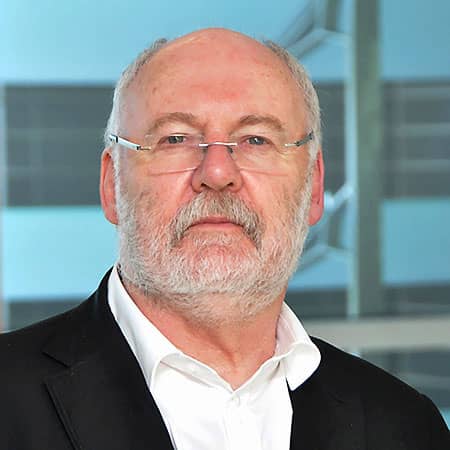
Ray Cole
Associate Editor
2019-July 2022
2019-July 2022
Associate Editor 2019 - Jan 2023
Associate Editor, 2022 - 2024
Associate Editor, February - July 2024
Production Team
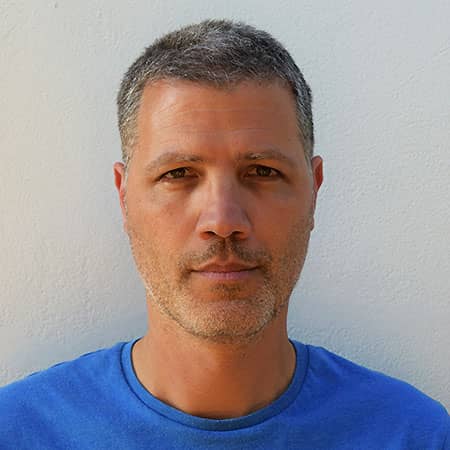
Cris Ratti
Copy Editor
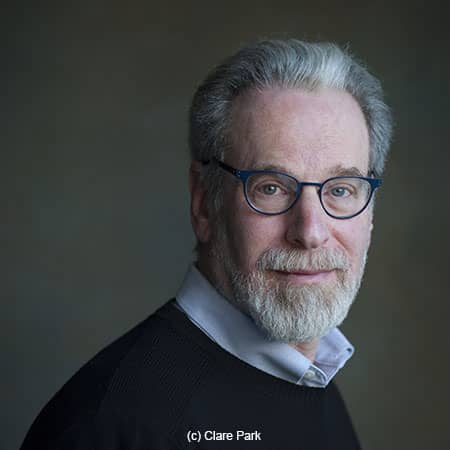
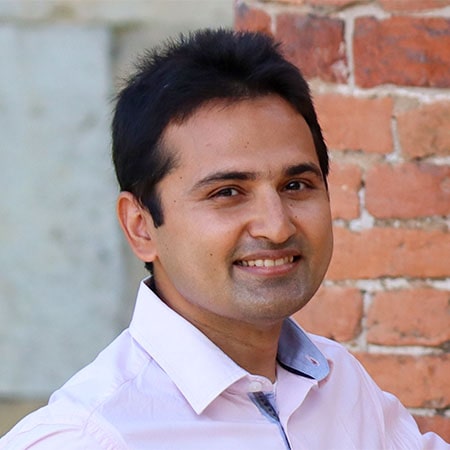
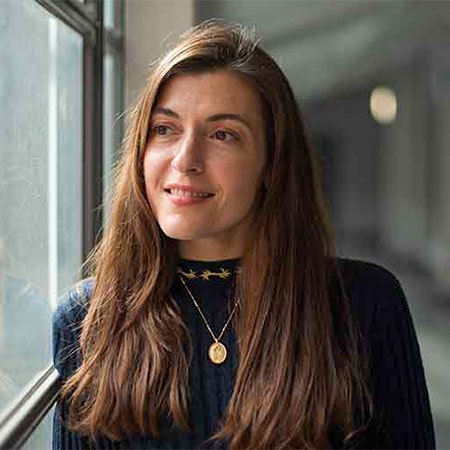
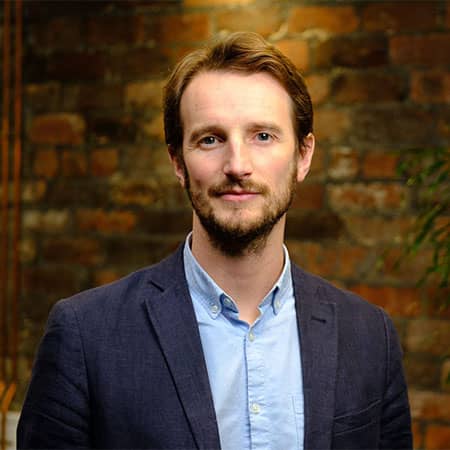
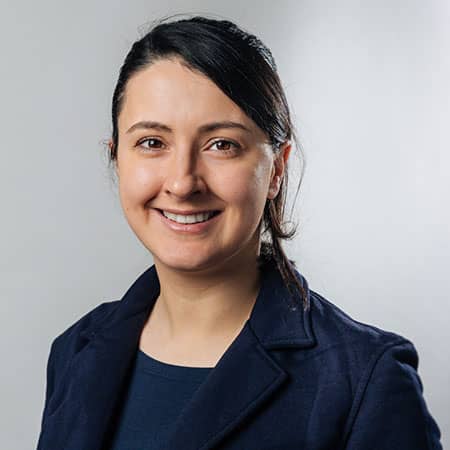
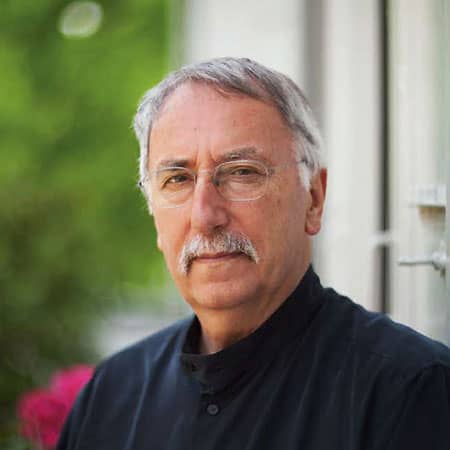

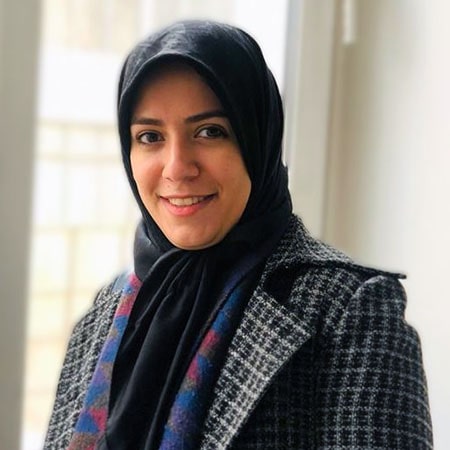
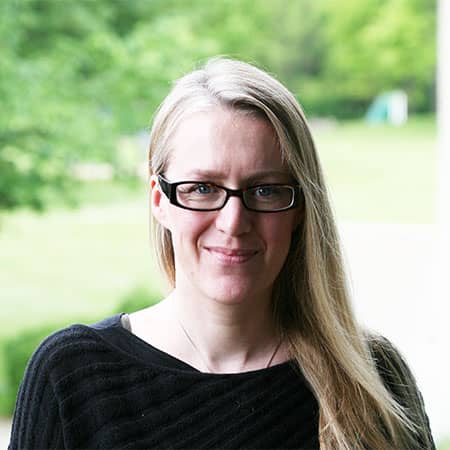
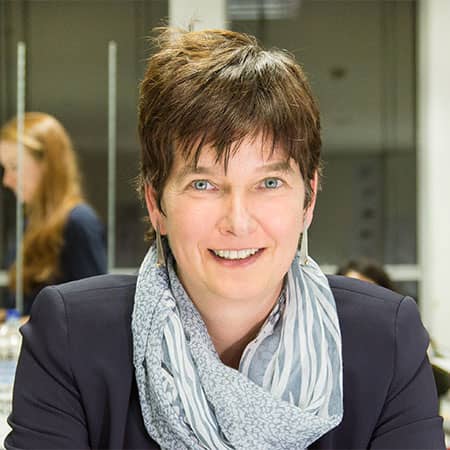
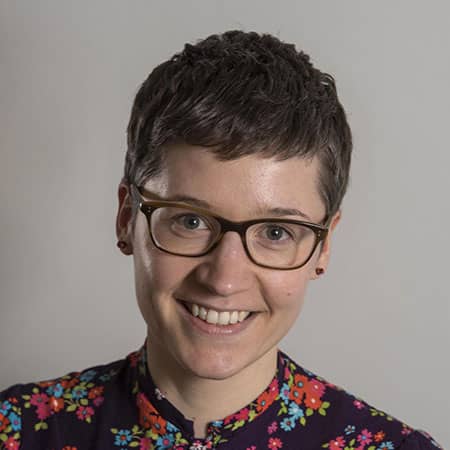
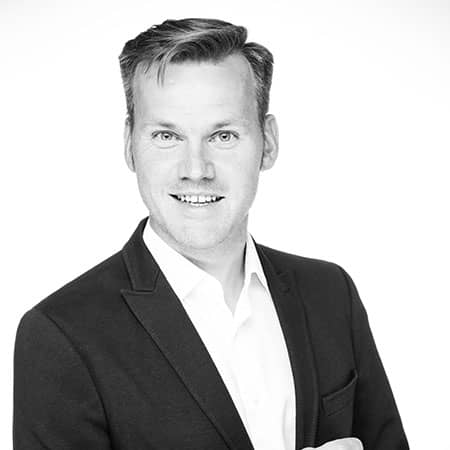
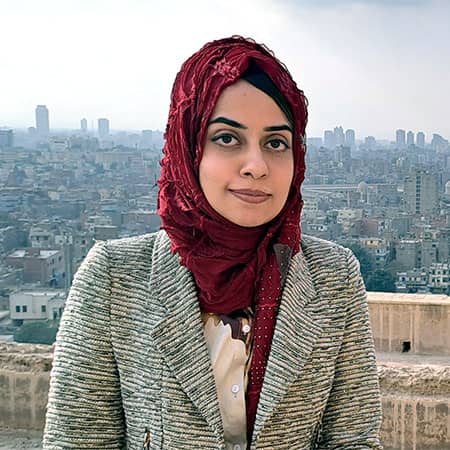
Latest Commentaries
COP30 Report
Matti Kuittinen (Aalto University) reflects on his experience of attending the 2025 UN Conference of the Parties in Belém, Brazil. The roadmaps and commitments failed to deliver the objectives of the 2025 Paris Agreement. However, 2 countries - Japan and Senegal - announced they are creating roadmaps to decarbonise their buildings. An international group of government ministers put housing on the agenda - specifying the need for reduced carbon and energy use along with affordability, quality and climate resilience.
Building-Related Research: New Context, New Challenges
Raymond J. Cole (University of British Columbia) reflects on the key challenges raised in the 34 commissioned essays for Buildings & Cities 5th anniversary. Not only are key research issues identified, but the consequences of changing contexts for conducting research and tailoring its influence on society are highlighted as key areas of action.